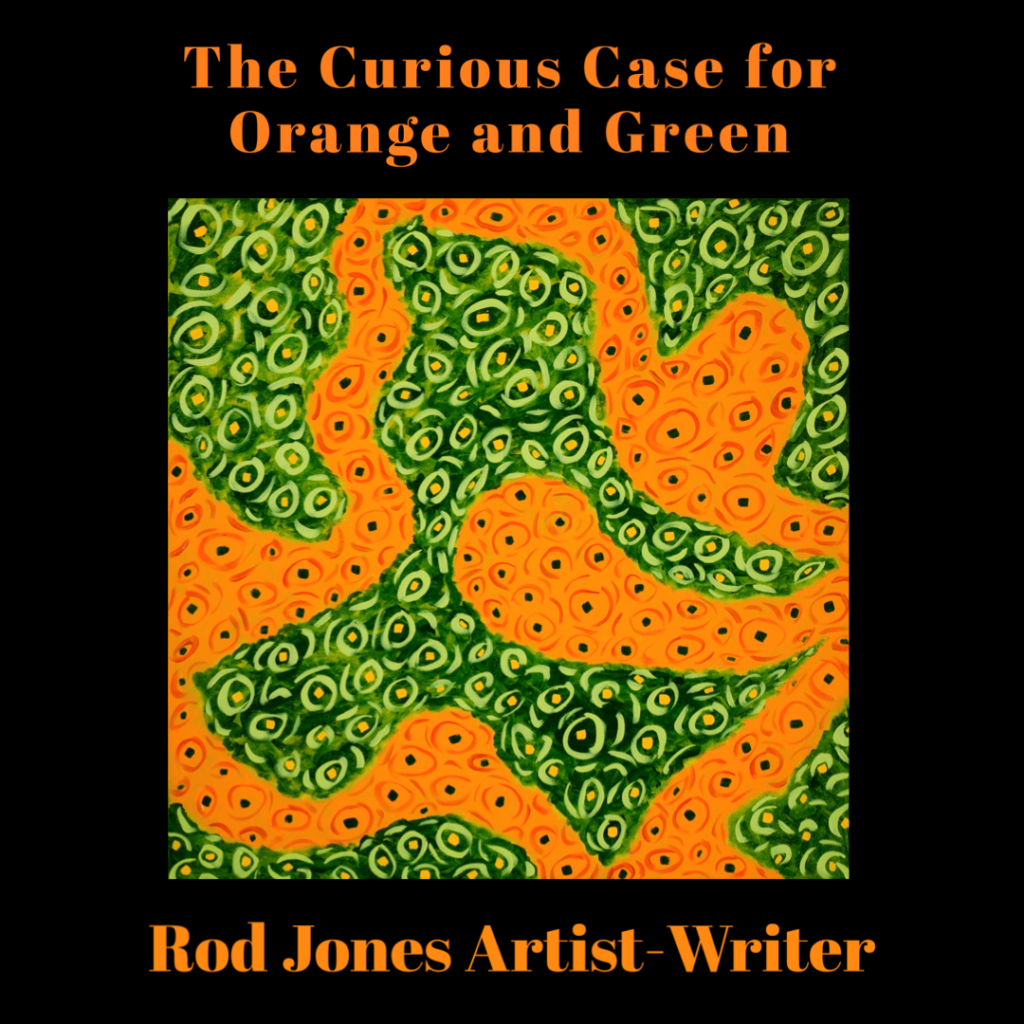The Curious Case for Orange and Green: Do you believe, as I do, that colors talk to each other? How they verbalize is a mystery, but they somehow manage to impact all those that they colorfully engage with.
In the curious case of orange and green, nature is boastfully proud to provide these two visually valuable colors in beaucoup creations. For fun sake, I’m going to mention only one of nature’s masterpieces, and that would be the pumpkin. Often seen as primarily orange. Many proudly display stripes of various hues of the alluring and ever present in nature color green. Pumpkins are big showoffs that come in every size imaginable. They have a permanent place in the history of man, and I don’t mean Halloween.
Pumpkins were first domesticated in Mesoamerica over 7,500 years ago. The ancient Aztecs used pumpkin flesh for food and the seeds for medicine and religious rituals.
In America, pumpkins were introduced to European settlers by Native American Indians and quickly became a staple crop in the new world. They were used to make pumpkin soup, pumpkin pie, pumpkin bread, and other dishes. Pumpkin seeds have long been used in traditional medicine to treat a variety of ailments, including intestinal parasites and prostate problems. They’re also a good source of nutrients like zinc and magnesium.
My oil painting is abstract, for sure. Was it inspired by pumpkins or a pumpkin patch? No, but sometimes when I view it, I wish it was.
“Outside inspiration in making art escapes me. Its galvanization is a manifestation that only appears deep within my mind.”
Rod Jones
